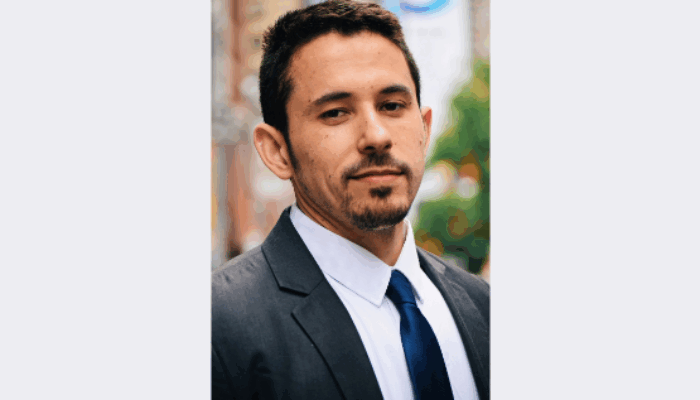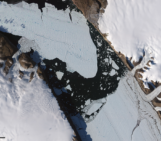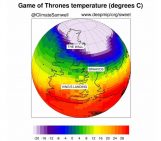
Hello Lorne – welcome to GeoTalk! Could you introduce yourself and your background to our readers?
I’m Dr. Lorne Farovitch, a deaf transdisciplinary biomedical researcher and multilingual signer, fluent in more than five sign languages. I’m passionate about advancing health equity for deaf communities worldwide through community-driven research!
As the founder and Executive Director of the Global Deaf Research Institute (GDRI), I lead deaf-centered interventions that bridge gaps between services and deaf populations. A key part of my work involves national deaf needs assessments, which provide the data needed for policy change, better services, and resource allocation tailored to the realities of deaf communities.
Your research considers how deaf and disabled people face acute, compounding challenges emerging from complex social, economic, and environmental interactions. What particular challenges do deaf people face due to climate change?
Our national deaf needs assessments in Nigeria and Ecuador revealed that 87% of deaf Nigerians and 88% of deaf Ecuadorians reported government crisis communication as inaccessible. During climate change-related disasters, deaf communities are often left behind in audio-centric emergency systems. Many alerts, instructions, and resources are only shared in spoken or audio formats, with little to no visual or sign language access. This delay or lack of information can have life-threatening consequences in crisis situations.
Intersectionality means many deaf people also experience marginalisation based on ethnicity, sexuality, gender or other identities. For example, 91% of deaf Ecuadorians are dissatisfied with their access to healthcare.
For deaf women, this can be compounded, maternal health resources are already scarce for women in general, and most of the time those limited services are provided in audible resources without any sign language, closed captions, or visual formats, the barriers become even higher. Multiple layers of exclusion lead to disproportionate risks and poorer outcomes.
Could you explain to our readers what community-based research is and why it’s important?
Community-based research is an approach where the community is involved from start to finish – designing the research, collecting the data, interpreting results, and sharing findings. This model ensures the work is grounded in lived experience and real priorities, not just academic theory!
It’s powerful because it empowers communities to unite, use data for advocacy, and push for effective, sustainable change that they’ve helped shape themselves.
Deaf people must be included from the very beginning of scientific work, whether in research, policy, or programme design, rather than as an afterthought. Our needs are often completely different from hearing populations, and once systems are built without us in mind, it’s difficult and costly to adapt them later.
Inclusion from the outset ensures that accessibility, representation, and cultural relevance are embedded into the foundation, making science more equitable and impactful for everyone.




